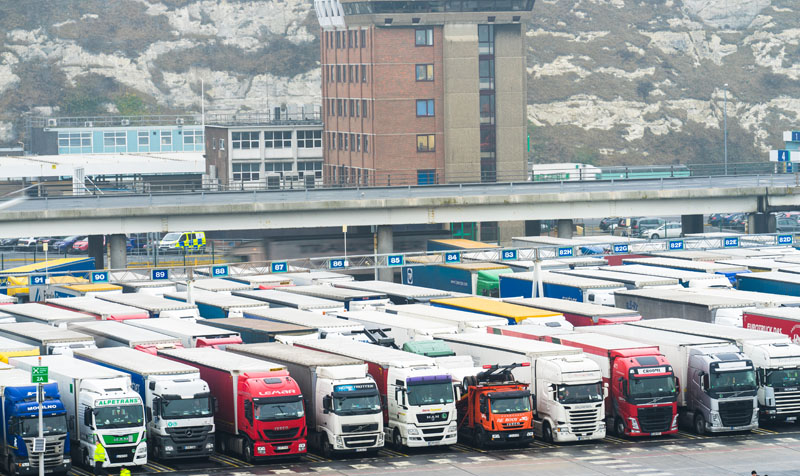
Government ministers are “very interested” in technology that would ease any Brexit customs chaos and integrate the requirements of all of the 26 government organisations operational at the nation’s border into a “single-window”, the Chief Executive of HM Revenue and Customs has told legislators.
Speaking to the House of Lords’ European Union Committee, HM Revenue and Customs CEO Jon Thompson acknowledged however that the technology, currently in use in Singapore, would take some five years to procure, integrate and become operational.
See also: Wanted: Brexit IT Lead for the Home Office
He said: “Singapore has very much thought about the trader and integrated all of government around the trader. That is the fantastic thing they have done there. We have set out the bones of it and Ministers are very interested, but, to be transparent with you, it is a significant technology programme—hundreds of millions of pounds—and will take five years to implement, to be up front about it.”
Singapore’s “TradeNet” single window was launched in 1989.
 Brexit Customs Trilemma: “Technology Untested in UK”
Brexit Customs Trilemma: “Technology Untested in UK”
Warning that the technology is untested in the UK and implementation distant, the Committee warned in a report published Friday that “there are only limited options available to the Government to mitigate the disruption that would be caused by a ‘no deal’ Brexit. The Government would face a ‘trilemma’ between keeping trade moving, ensuring security of the border, and the collection of revenue.”
“Customs procedures are likely to rely increasingly on electronic data in the future, rather than on paper declarations. We welcome the Government’s consideration of single-window technology, which would provide traders with a single point of interaction with various UK Government agencies. At the same time, we note that this technology is untested in the UK, will not obviate the need for checks and will not be available in the short term.”

Brexit Customs Preparations: Recruitment Progressing Well
The report also notes that recruitment of additional customs staff is well underway and the agency is confident it could handle a no-deal Brexit however, as well as noting that improving the speed at which goods imports imports at the border would not necessarily be solved by technology alone.
“The Port of Dover, which handles up to 17% of the UK’s trade in goods, provided an example of a recent non-EU customs clearance process for a typical groupage of eight consignments, broken down into various stages.”
“Overall, the process from the arrival of the lorry at Dover to its release took one hour and fifteen minutes, with manual tasks taking up much of the time. These tasks included parking, inspecting the exterior of the lorry, keying in information from the driver’s paperwork and waiting for a prescribed period of 30 minutes to give the Border Force personnel an opportunity to attend the lorry in person. The Port of Dover thought that the use of technology was unlikely to reduce this processing time significantly.”

 Brexit Customs Trilemma: “Technology Untested in UK”
Brexit Customs Trilemma: “Technology Untested in UK”




